Ocean noise generated by human industries impact fish and add to stress arising from other environmental factors
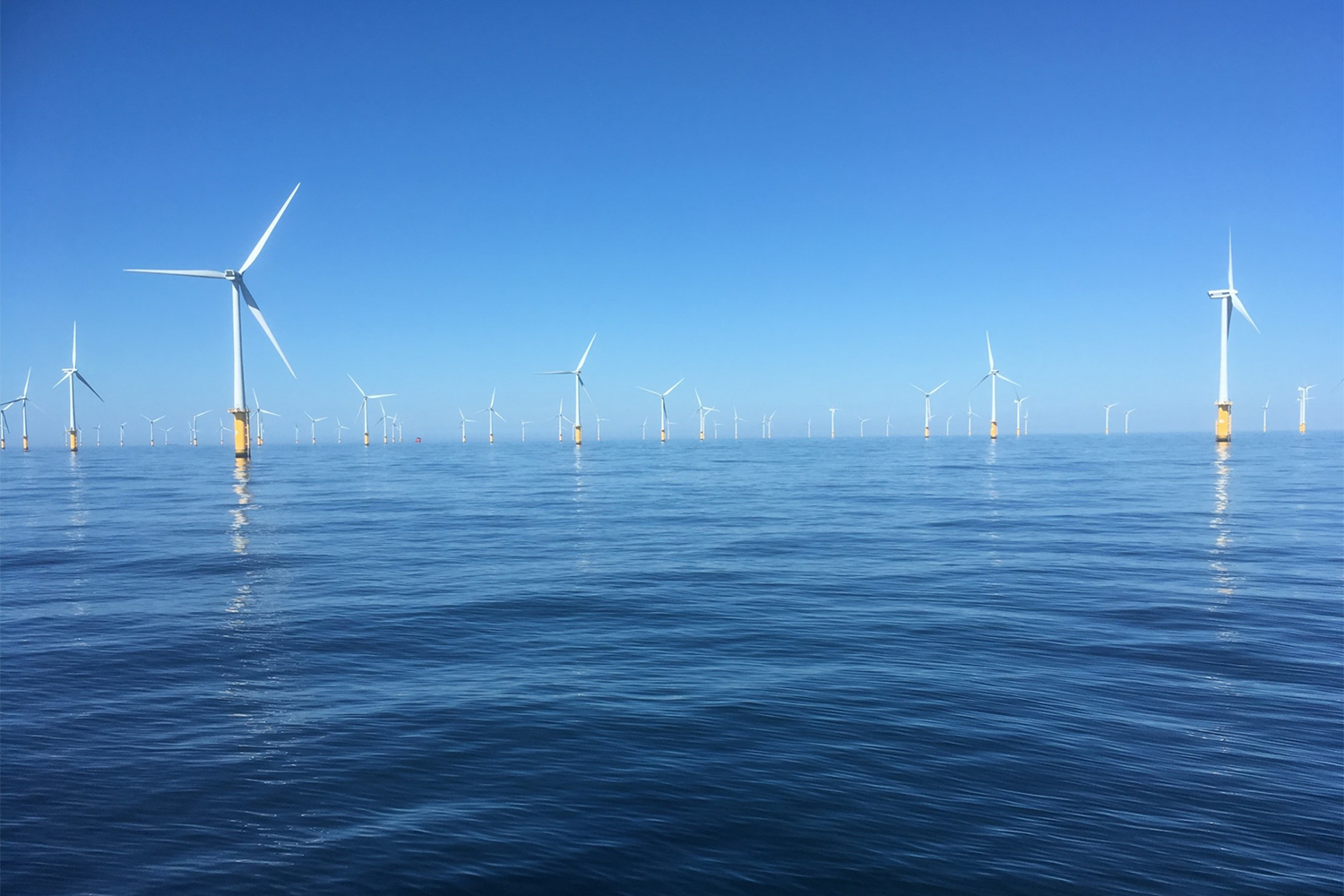
For fish, the saying about silence being golden rings true. Fish would prefer far less ocean noise, particularly those produced by human activity. That’s the implication of a December 2023 research paper of how wild cod living in and near a North Sea wind farm reacted to seismic surveys.
These operations consist of repeated, loud pulsed sounds that reflect off the different rock layers below the seabed. These echoes reveal details about the seabed and what lies below it. Oil companies use seismic surveys when looking for oil, for example, with mapping that can go on for months.
The cod exposed to seismic surveys that were at least 2.5 kilometers away from their location still ceased their normal daytime activity. Instead of moving about in the afternoon, which is when they are active and normally feed, the fish stayed still, according to tracking data of cod tagged by the researchers.
“They probably stopped foraging to some extent,” Hans Slabbekoorn, a professor of acoustic ecology and behavior at Leiden University and one of the co-authors of the paper, told the Advocate.
This finding could indicate that levels of sound thought not to be a problem could instead be another stressor on marine animals and have an impact on fisheries and aquaculture operations. Population modeling of fish, Slabbekoorn noted, shows that missing a single spawning season has little effect. However, systematically undermining growth of animals over many seasons can impact health and population levels.
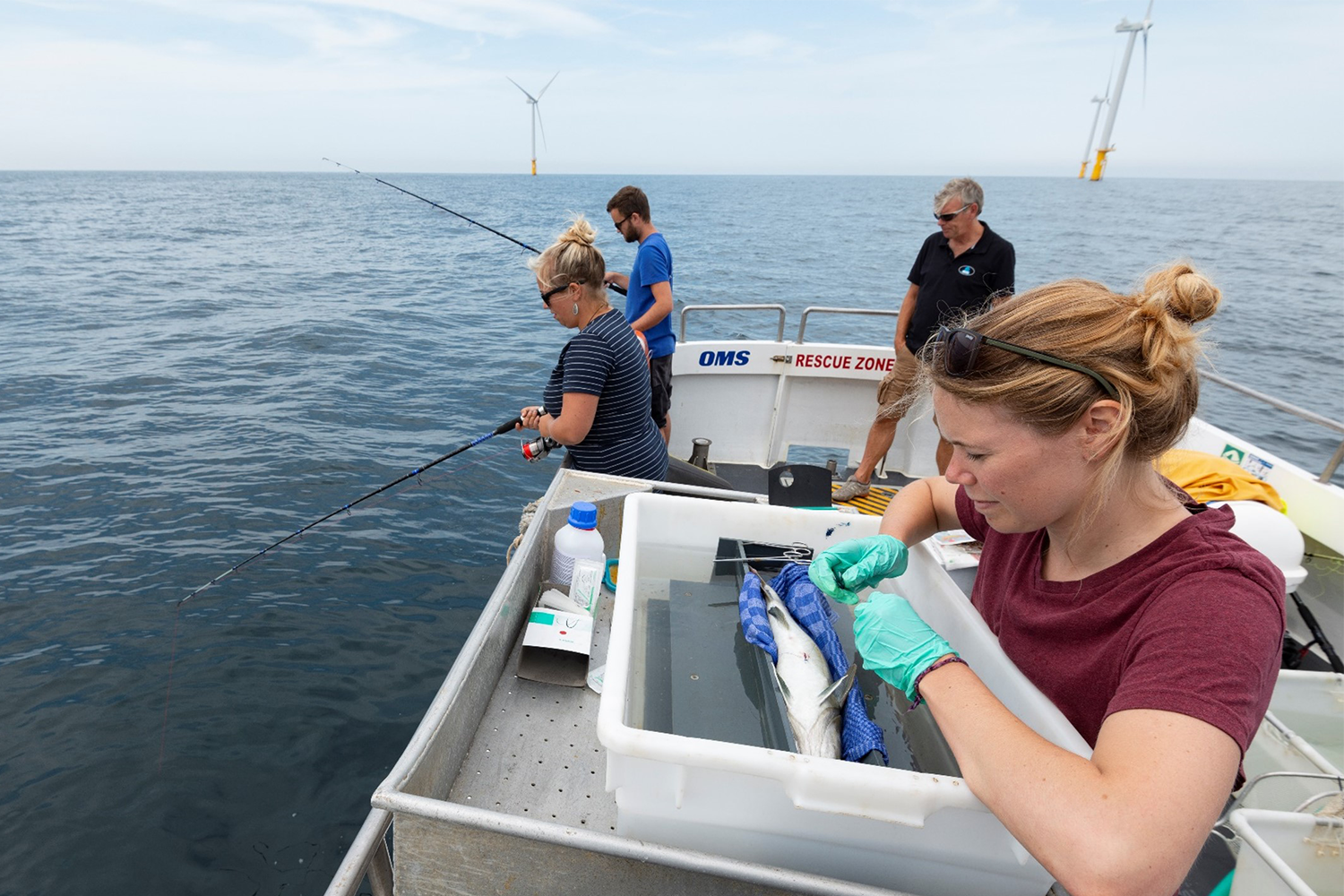
The cod findings join other research showing the harmful effects of human generated sound on shellfish, mussels and other marine invertebrates. There also are studies on the impact on European sea bass from human generated noise.
Marine animals use sound to interact with each other and to sense their environment. Noise, therefore, may disrupt their normal activities, particularly if it is unusual, loud and repeated.
The level of noise has been rising, due to more seismic surveys, pile driving to provide anchors for wind farms and other structures, shipping and other human activities. Making the situation even more difficult for fish is the noise will grow more intense because the changing climate is altering the ocean and the structure of the layers within it. One result, based on models, will be the emergence of sound tunnels, or water layers that transmit sound more effectively. As a result, researchers predict climate change alone will lead to a five-fold increase in sound intensity from shipping in some locations by the end of the century.
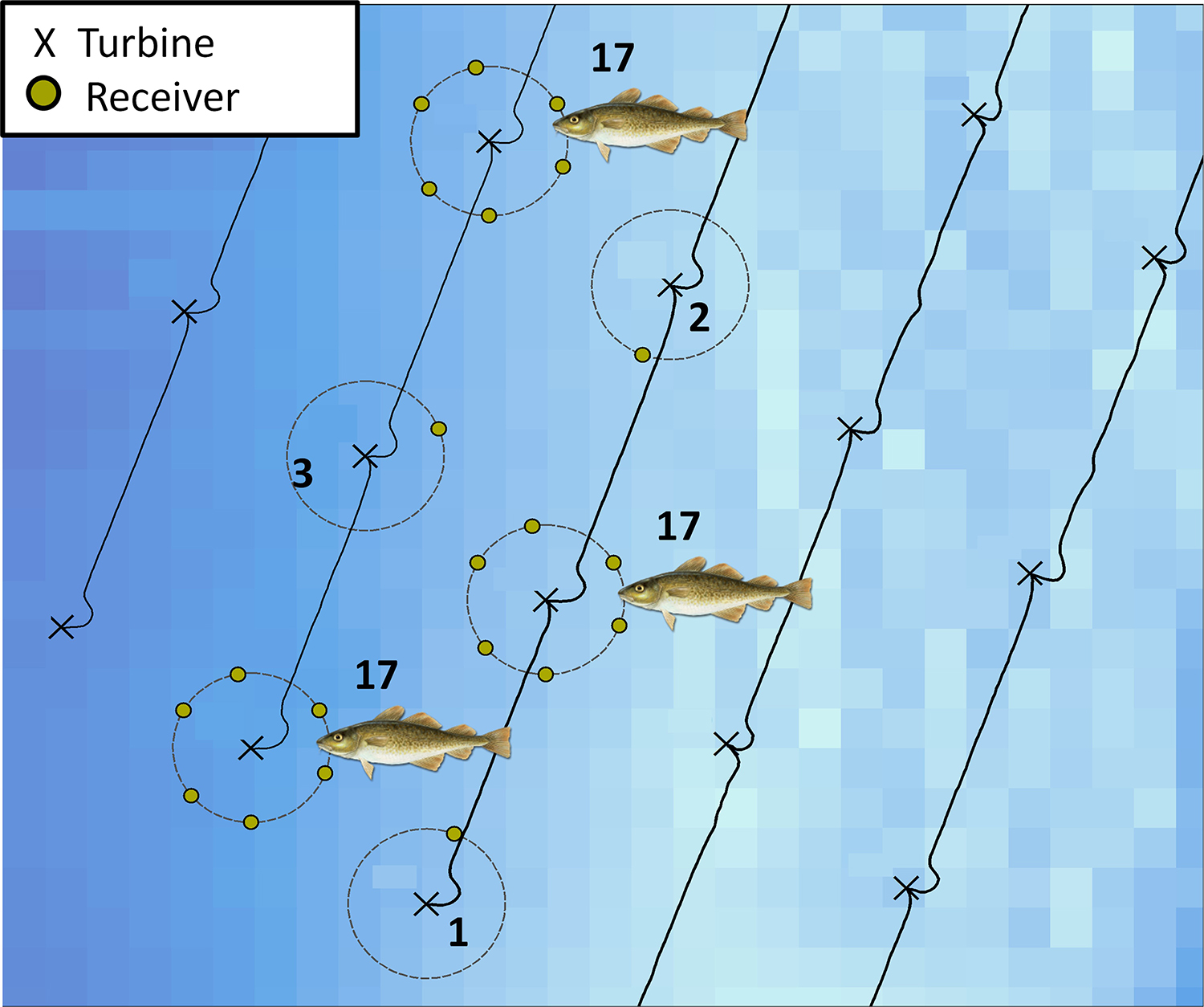
In discussing the situation and its implications, Slabbekoorn noted that fish likely find fisheries and aquaculture operations more stressful than the noise generated by humans. But the noise is an added stressor, one that comes on top of production activities, climate change and everything else that fish must deal with. Thus, it may be best for the health of fish and the economic value of fish farming to minimize noise.
For some noise production, there may be a way to mitigate the effects, as is done with seismic surveys, which are not conducted if a marine mammal is in the area. For other noise sources, alternatives exist or could be developed. For example, Slabbekoorn said that there are pile driving technologies that can lessen the sound generated.
“Not all sounds that we generate are necessary,” he said. “If you achieve the same thing for less sound, that is the way to go.”
Now that you've reached the end of the article ...
… please consider supporting GSA’s mission to advance responsible seafood practices through education, advocacy and third-party assurances. The Advocate aims to document the evolution of responsible seafood practices and share the expansive knowledge of our vast network of contributors.
By becoming a Global Seafood Alliance member, you’re ensuring that all of the pre-competitive work we do through member benefits, resources and events can continue. Individual membership costs just $50 a year.
Not a GSA member? Join us.
Author
-

Hank Hogan
Hank Hogan is a freelance writer based in California who covers science and technology. His work has appeared in publications ranging from Boy’s Life to New Scientist.
Tagged With
Related Posts
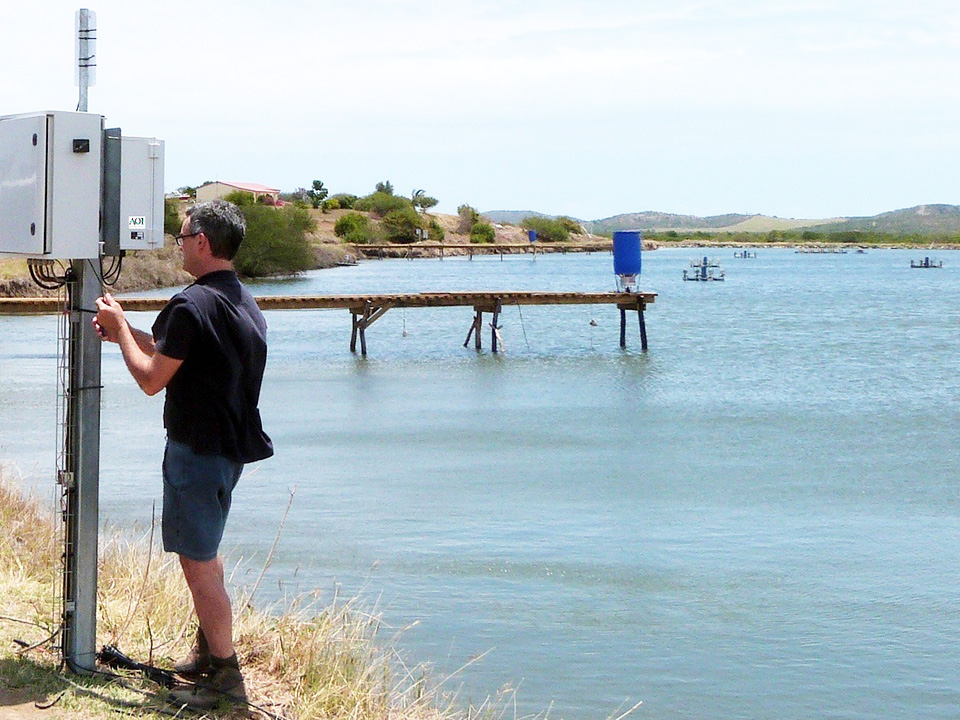
Innovation & Investment
Acoustic control improves feeding productivity at shrimp farms
In systems recently developed for shrimp farms, passive acoustic-based technology enables sensor-based control of multiple automatic feeders. Improved growth and feed conversion have been recorded at commercial farms using the technology.
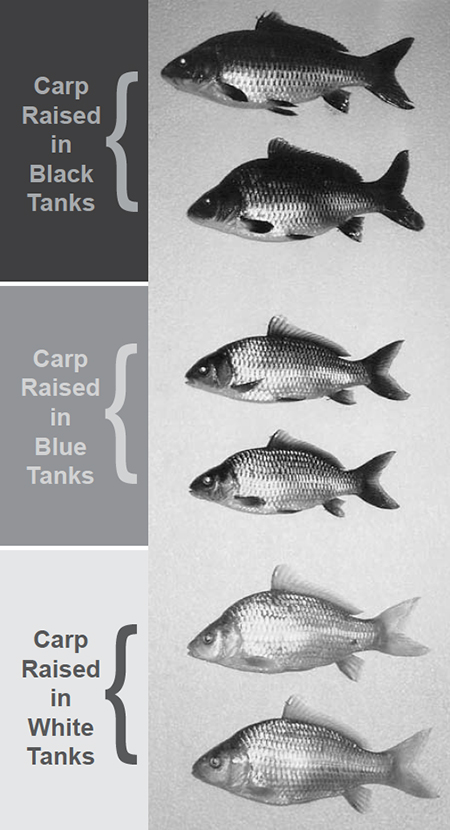
Health & Welfare
Color of indoor tanks can affect stress and performance
Several studies now suggest the color of indoor aquaculture tanks should also be considered for improved animal health and performance in indoor systems.
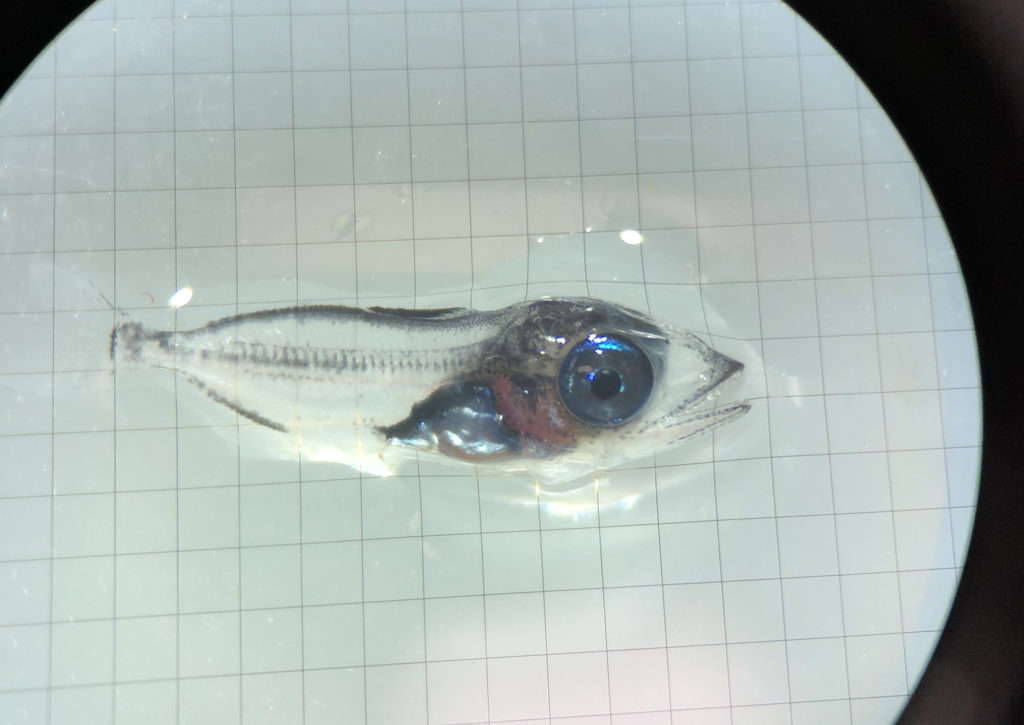
Innovation & Investment
‘Not convinced it can’t be done’: A look inside California’s new bluefin tuna hatchery
San Diego-based bluefin tuna hatchery and feed company Ichthus Unlimited aims to make tuna ranching a more sustainable and reliable option.
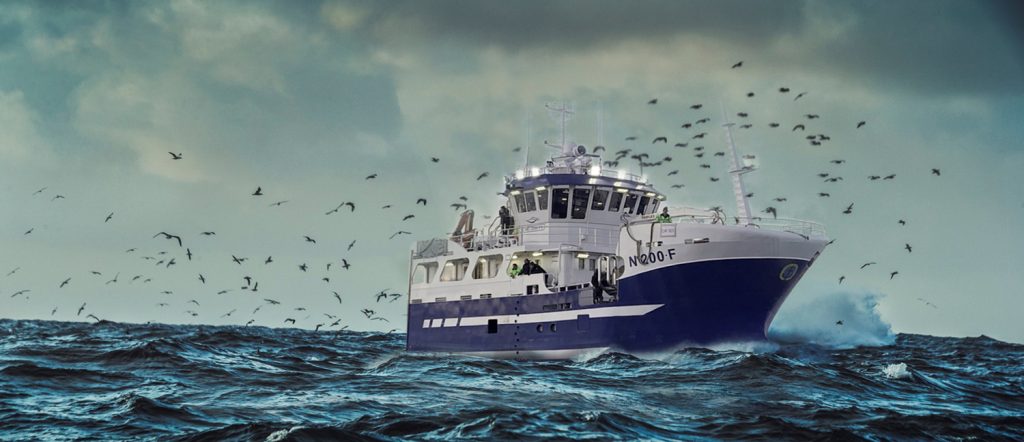
Responsibility
Net-zero heroes: Hybrid and electric commercial fishing vessels set out to cut the industry’s carbon emissions
From electrified fishing fleets to hybrid wellboats, the seafood community is looking to decarbonize commercial fishing vessels and reduce carbon emissions.


